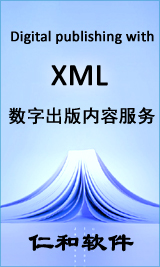Senying LIU
,
Rongze HU
,
Dongliang ZHAO and Chongyu WANG(Central Iron and Steel Research Institute
,
Beijing
,
100081
,
China)(To whom correspondence should be addressed)Ping LUO(National Research Cent or Certified Materials
,
Beijing
,
100013
,
China)Zhongjie P
材料科学技术(英文)
By use of self-consistent field Xα scattered-wave (SCF-Xα-SW) method, the electronic structure was calculated for four models of Ti4Al14X (X=Al, Fe, Ni and Cu) clusters. The Ti4Al14X cluster was developed based on L12 Al3Ti-base intermetallic compound. The results are presented using the density of ...
关键词:






